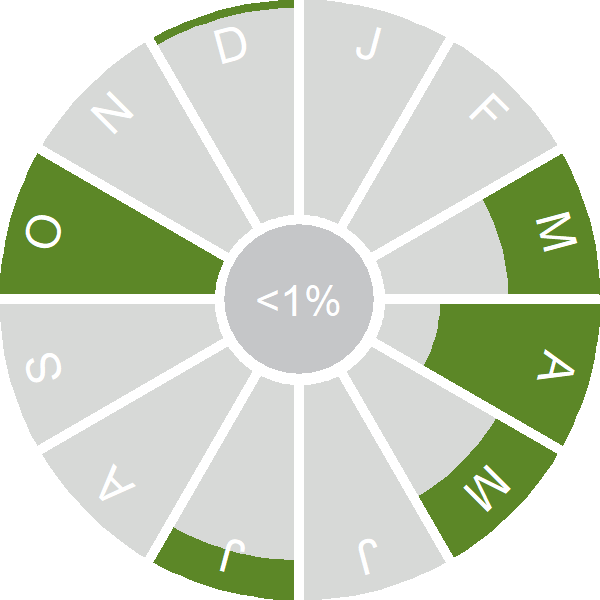Lady Amherst's Pheasant
Introduction
A small population of this distinctive pheasant was present in Bedfordshire for many years, peaking at around 100–200 pairs, but has since disappeared.
Originally established through a series of deliberate introductions, beginning in 1828 with one by Lady Sarah Amherst, this native of central China probably struggled in Britain with changes to woodland structure and the loss of understorey vegetation.
Key Stats
Status and Trends
Conservation Status
Population Size
Population Change
Lady Amherst's Pheasants were first brought to the UK in 1823. Although the original birds died soon after arrival, by the 1890s they were bring bred in captivity and were released into the wild in Woburn, Bedfordshire; the population spread to around 200 pairs and by 1971 was considered self-sustaining, although the population may have been subject to additional releases [Eaton & the Rare Breeding Birds Panel 2023]. The last of the Bedfordshire birds died in 2016 and all other occasional sightings in the wild are considered likely to be escaped or released birds.
Distribution
Lady Amherst's Pheasants were introduced to Bedfordshire in the late 1800s, and there have been additional localised introduction attempts elsewhere. By 2007–11 most of these birds had disappeared and only five 10-km squares were occupied.
Occupied 10-km squares in UK
or view it on Bird Atlas Mapstore.
or view it on Bird Atlas Mapstore.
European Distribution Map
Distribution Change
The Lady Amherst's Pheasant shows a long-term pattern of decline and contraction of its non-native range in Britain.
Change in occupied 10-km squares in the UK
or view it on Bird Atlas Mapstore.
or view it on Bird Atlas Mapstore.
Seasonality
This species has been too rarely reported to BirdTrack during 2011–22 to properly assess seasonality.
Movement
Britain & Ireland movement
Biology
Survival and Longevity
Survival is shown as the proportion of birds surviving from one year to the next and is derived from bird ringing data. It can also be used to estimate how long birds typically live.
Classification, names and codes
Classification and Codes
- Order: Galliformes
- Family: Phasianidae
- Scientific name: Chrysolophus amherstiae
- Authority: Leadbeater, 1829
- BTO 2-letter code: LM
- BTO 5-letter code: LAAPH
- Euring code number: 3970
Alternate species names
- Catalan: faisà de Lady Amherst
- Czech: bažant diamantový
- Danish: Amherstfasan
- Dutch: Lady-Amherstfazant
- Estonian: teemantfaasan
- Finnish: platinafasaani
- French: Faisan de Lady Amherst
- German: Diamantfasan
- Hungarian: gyémántfácán
- Icelandic: Demantsfasani
- Italian: Fagiano di Lady Amherst
- Latvian: dimanta fazans
- Lithuanian: deimantinis fazanas
- Norwegian: Diamantfasan
- Polish: bazant diamentowy
- Portuguese: faisão-de-lady-amherst
- Slovak: bažant diamantový
- Slovenian: diamantni fazan
- Spanish: Faisán de Lady Amherst
- Swedish: diamantfasan
- Welsh: Ffesant Amherst
Research
Causes of Change and Solutions
Causes of change
The Bedfordshire population is thought to have been topped up by additional releases until at least 1984 and the decline is considered likely to be, in part, due to these releases stopping; other potential factors include habitat fragmentation and the loss of breeding sites to woodland clearance and golf course expansion [Eaton & the Rare Breeding Birds Panel 2023].

